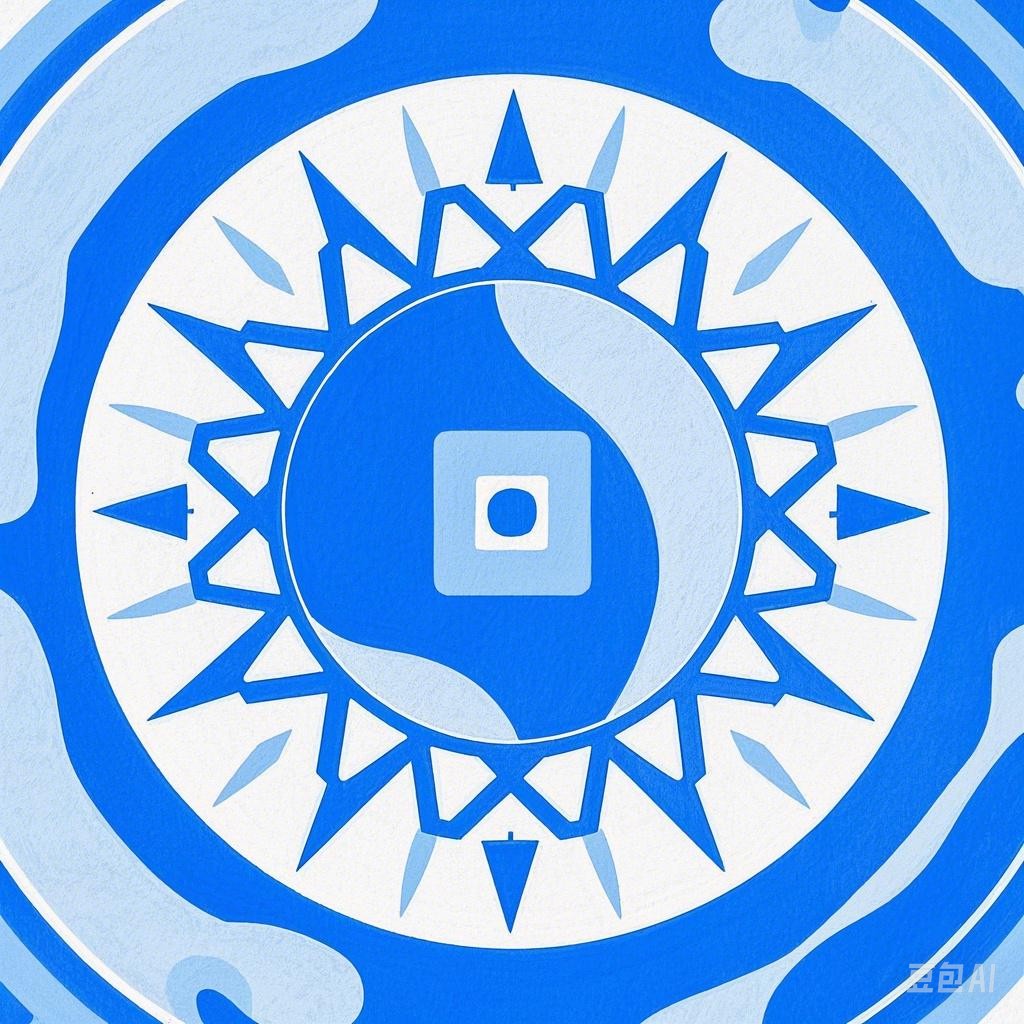Introduction
The holiday season, often referred to as “Happy Holidays,” is a time of joy, celebration, and reflection. It is a period when people come together to share warmth, express gratitude, and create lasting memories. This guide will explore the various aspects of celebrating Happy Holidays, including traditional customs, modern practices, and cultural variations.
Traditional Customs
Christmas
Origin and History: Christmas, celebrated on December 25th, is a Christian holiday that commemorates the birth of Jesus Christ. Its origins can be traced back to the Roman festival of Saturnalia and the early Christian celebration of the Nativity.
Customs and Practices:
- Christmas Trees: Decorated evergreen trees are a central feature of Christmas celebrations. They symbolize the eternal life and the evergreen nature of hope.
- Gift-Giving: Presents are exchanged to symbolize the gifts the Three Wise Men gave to the baby Jesus.
- Holiday Meals: Families gather for special meals, often including roast turkey, ham, or other festive dishes.
- Christmas Carols: Traditional songs like “Jingle Bells,” “Silent Night,” and “We Wish You a Merry Christmas” are sung to spread cheer.
New Year’s Eve
Origin and History: New Year’s Eve marks the end of the year and the beginning of a new one. It is celebrated in many cultures around the world.
Customs and Practices:
- Fireworks and Noisemakers: These are used to welcome the new year and to mark the passing of the old year.
- Celebrations: Many people attend parties, watch the ball drop in Times Square, or have a quiet evening at home with loved ones.
- Resolutions: It is common to make New Year’s resolutions, which are personal goals set for the coming year.
Kwanzaa
Origin and History: Kwanzaa is a week-long celebration that takes place from December 26th to January 1st. It is a holiday that celebrates African-American culture and heritage.
Customs and Practices:
- Candle Lighting: Each day, a candle is lit on the Kinara (candle holder) to represent one of the seven principles of Kwanzaa.
- Gift-Giving: Gifts are exchanged to symbolize unity and sharing.
Hanukkah
Origin and History: Hanukkah, also known as the Festival of Lights, is an eight-day Jewish holiday that commemorates the rededication of the Second Temple in Jerusalem.
Customs and Practices:
- Menorah: An eight-branched candelabrum is lit each night of Hanukkah.
- Gift-Giving: Children receive gifts, typically books, toys, and candy.
Modern Practices
Shopping and Commercialization
The holiday season has become a significant time for shopping, with Black Friday and Cyber Monday being among the biggest shopping days of the year. This commercial aspect of the holiday season has led to the creation of new traditions, such as gift wrapping and holiday-themed decorations.
Social Media and Digital Celebrations
In recent years, social media has played a significant role in holiday celebrations. People share photos and videos of their celebrations, exchange digital gifts, and connect with loved ones around the world.
Cultural Variations
Christmas in Different Countries
- United Kingdom: Christmas is celebrated with a traditional roast beef dinner, crackers, and a Queen’s speech.
- Germany: Gingerbread houses and lebkuchen (gingerbread) are common during the holiday season.
- France: The holiday season is celebrated with a traditional feast called Le Réveillon, which begins on Christmas Eve.
New Year’s Eve Around the World
- Japan: People watch the “Genkanbashi” fireworks in Tokyo Bay.
- Brazil: New Year’s Eve is celebrated with a massive fireworks display in Rio de Janeiro.
- Russia: The New Year’s Eve celebrations include a traditional “Oktobrsky Salad” and a grand fireworks display.
Conclusion
Happy Holidays is a time for celebration, reflection, and connection with loved ones. Whether you are celebrating Christmas, New Year’s Eve, Kwanzaa, Hanukkah, or any other holiday, the spirit of the season is one of joy, gratitude, and hope.
